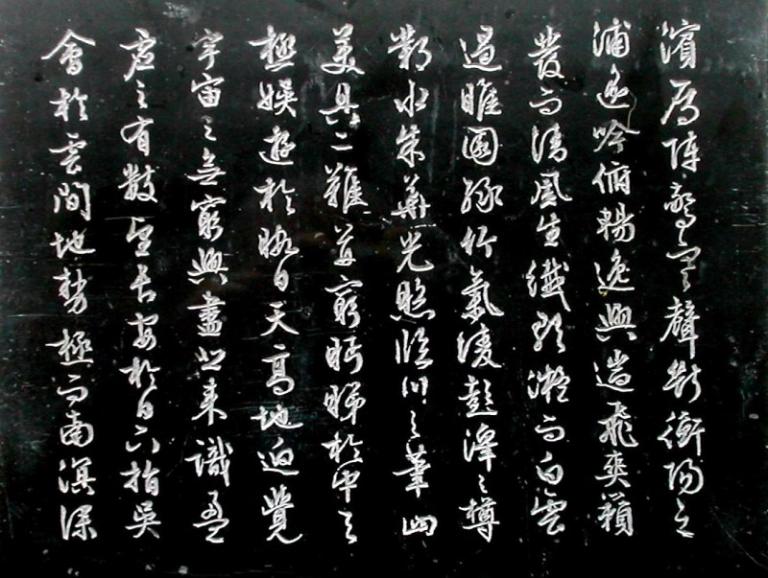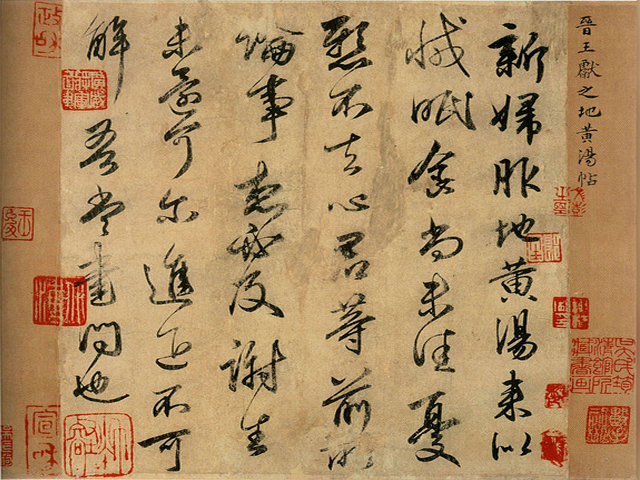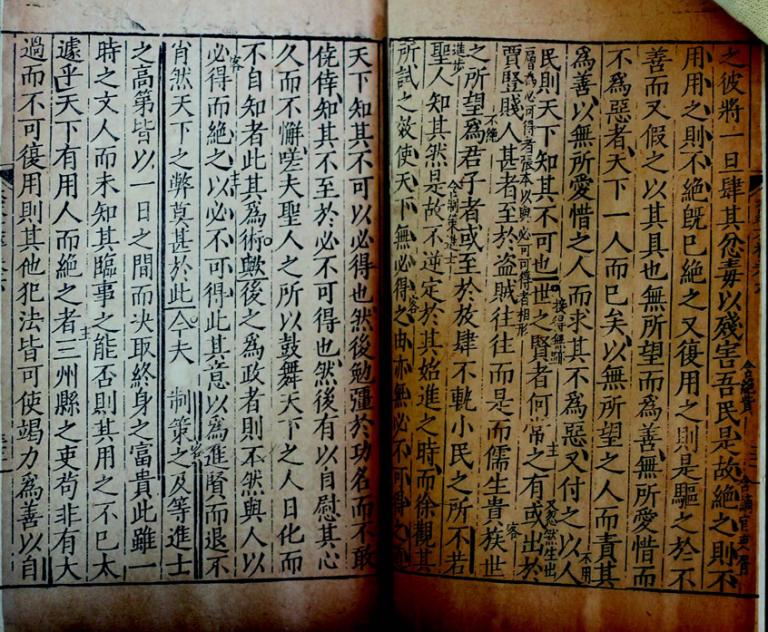Diversified Calligraphy of the Southern Song Dynasty
5 min readIn 1127, the second year of Jingkang’s reign in the Northern Song dynasty, Emperor Huizong and Qinzong were captured by the troop from Jin(金). And Zhao Gou, son of Huizong, ascended the throne in Nangjing and formed the Southern Song dynasty. Ten years later, he moved the capital to Lin’an, and the Southern Song dynasty lasted for 143 years though unsteadily.

When the Southern Song dynasty had moved its capital, its economic center was also moved to the south. The political situation was comparatively stable. Yet as the nation had not been unified and the lost territory was still under the reign of intruders, the scholar-bureaucrats had neither the condition nor the interest to study and practice calligraphy. Although later the intelligentsia formed an atmosphere to develop culture, most of them were still thinking of reoccupying lost territory. The period was very much the same as the Eastern Jin dynasty,so some of them began to uphold calligraphy from the Eastern Jin.
However, in such a period of turbulence, authentic calligraphic work from the Eastern Jin was rare. And the expressiveness-pursuing style calligraphy in the Northern Song dynasty was still dominant, so most calligraphers from the Southern Song continued the style of the Northern Song calligraphy. The first representative was Emperor Gaozong, Zhao Gou. He really liked calligraphy and practiced a lot, turt: though not being innovative. As the emperor was s fond of calligraphy, all courtiers followed him and brought forward an upsurge of calligraphy development.
Mi Youren was one of the best among them. In the mid-and- late Southern Song dynasty, the representat of expressiveness-pursuing- style calligraphy was Wu Ju. Besides, there were also some calligrapher in pursuit of different calligraphic style because of their unique personality and special experience. Though they were not able to change the mainstream, their carefree joy and creative calligraphy really inspired later generations. The representatives were Lu You, Fan Chengda, Zhu Xi and Zhang Xiaoxiang, who were known as the Four Great Southern Song Calligraphers. They were the nucleus of calligraphy in this period. Lu You (1125-1210), courtesy name (zi) Wuguan, courtesy name (hao) Fangweng, was from Shanyin (now Shaoxing in Zhejiang).
He is often praised as “epics” and “Taibai Junior”(Taibai is the courtesy name of Li Bai), and a member of the “Four Masters of Zhongxing”, which included You Mao Fan Chengda and Yang Wanli. Lu You’s calligraphy had a style similar to his poems, restrained and depressed at the beginning yet turned out to be expressive and heroic at the end. With his unique aesthetic taste and style, he is listed among the Four Masters of the Southern Song dynasty As his lifelong ideal had not been fulfilled, disappointment was often revealed in his semi-cursive script calligraphic work. He followed Yang Ning’s style in semi- cursive script and used his brush skillfully to express his lofty ideal. He learned cursive script from Zhang Xu and wrote in a carefree and vigorous way.

The calligraphic works left by him were Scroll of Poems Written by Oneself, Emotions Recalled in Chengdu, etc. Fan Chengda (1126-1193), courtesy name (zi) Zhineng, courtesy name (hao)Shihu Jushi (Resident of the Stone Lake), was born in Wujun (now Suzhou in Jiangsu). He had once been an imperial scholar and retired in his later years to live near the Stone Lake in Suzhou. So he is commonly called “Fan Stone Lake”. Fan was of great artistic talent in poetry, verses and essays, especially famous for his poems. The pastoral he wrote was fresh and magnificent; his poems about national economy and people’s livelihood did reveal profound so-cial problem Though his accomplishment in calligraphy was not as great as in poetry, he was still considered as a calligrapher at his time.
He was good at semi-cursive script Although Fan had learned from Su Shi, Huang Tingjian and Mi Fu, he formed his own tyle and gained his reputation as well He had concluded that to learn calligraphy well, one needed not only to watch authentic classic works from pould one realize how to use the brush. Mechanica previous calligraphers, but also to meditate and to understand. his way cou imitating would never result in good calligraphic works. Zhu Xi (1130-1200), courtesy name (zi) Yuanhui, courtesy name (had) Huiweng and Hui’ an, was a native of Wuyuan, Huizhou (now in Jiangxi). He had been chancellery for Emperor Gaozong, Xiaozong, Guangzong and Ningzong successively. He was a famous scholar of Neo-Confucianism in the Song dynasty and was named “Songz1 His academic thought had great influence in history.
He believed that to correct rules of calligraphy was to correct people’s behavior. He denied the expressiveness-pursuing calligraphers and accused that they spoiled the art of calligraphy. His calligraphy followed the style of Jin(晋) and Tang dynasty yet belonged to no specific school. As a master of Neo-Confucianism, his idea in calligraphy also influenced the development of later calligraphic theory. Portrait of Zhu Xi Zhang Xiaoxiang (11321169), courtesy name (zi) Anguo, courtesy name (had) Yuhu Jushi (Resident of the Yuhu Lake), was from Wujiang, Hezhou (now the Northeast of He county, in Anhui). With his great talent, he won the first in the imperial examination when he was only 20. As soon as he became an official, he submitted a report to complain of Yue Fei’s death So Qin Hui asked his henchmen to accuse him of rebellion and put him and his father into jail. He was released when Qin Hui died.
His political affair management, essays, poems and calligraphy were all better than his contemporary people. In the imperial examination, he had written an essay with more than 10 thousand words in the court. The strokes of his calligraphy were vigorous and elegant, and praised by the emperor. His essays, poems, calligraphy were known as the “three equally good things”. He learned his calligraphy from Yan Zhenqing and Mi Fu and formed his own style after them. Moreover, there were also Wu Ju, Bai Yushan and Zhang Jizhi who lived in the Southern Song dynasty. Wu Ju strictly followed Mi Fu’s calligraphic style and the others had formed their individual characteristics which were also influential at the time.









